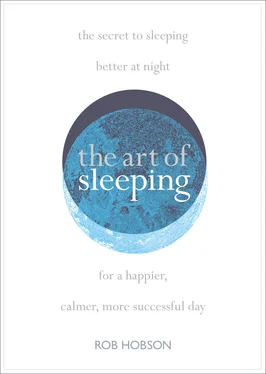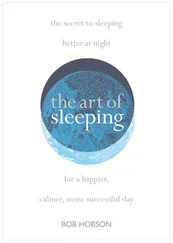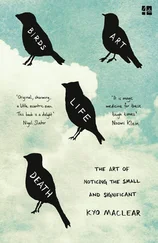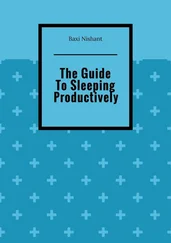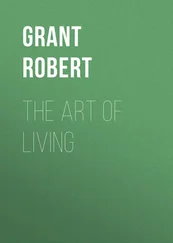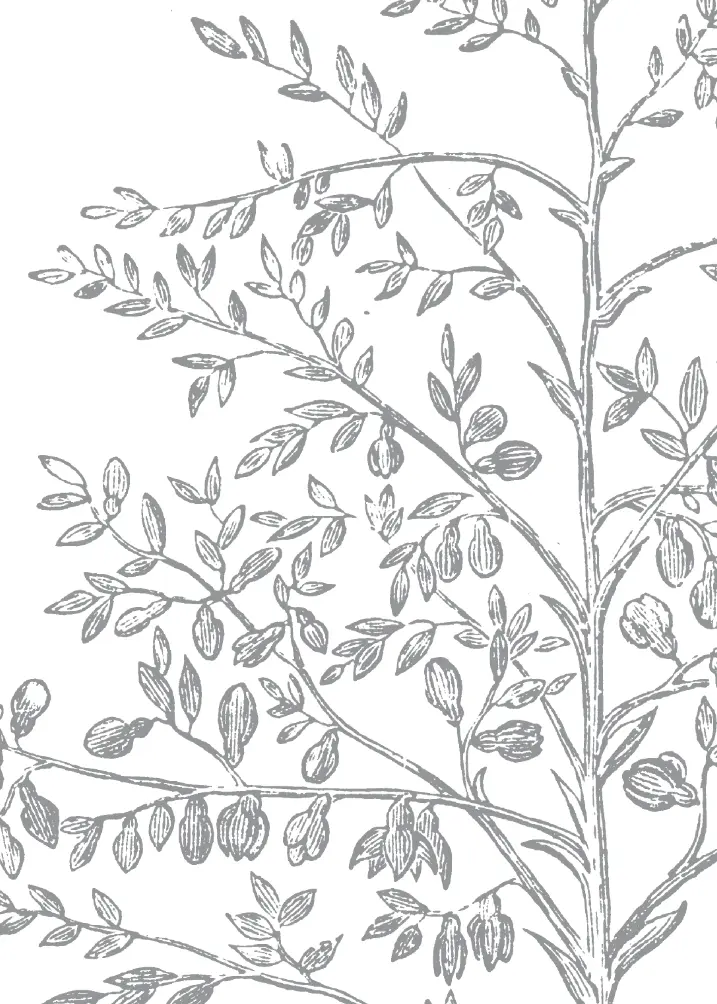
33
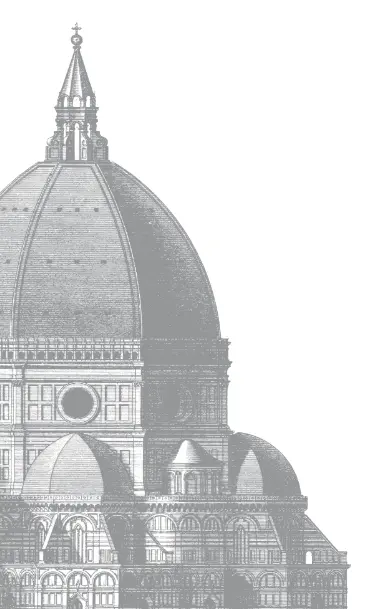
SLEEP ARCHITECTURE e term ‘sleep architecture’ refers to the structural organisation of normal sleep. In the same way that your circadian rhythm can be characterized by a set of actions occurring in a cycle, so can the structure of your sleep, which occurs in different stages throughout the night. Sleep can be divided into two groups: non-rapid eye movement sleep (NREM) and rapid eye movement sleep (REM). During NREM sleep your breathing and heart rate become slow and regular, your blood pressure drops and you remain relatively still.

35 As the name suggests, REM sleep is characterized by rapid eye movements as your pulse and breathing quickens, but the rest of your body remains motionless. It is during REM sleep that you’re more likely to dream, and this is also the stage that occurs before you wake up. A single sleep cycle is made up of four stages, each lasting around 90 minutes, which alternate cyclically throughout the night. e first three stages of the sleep cycle are NREM, each of which have their own set of unique characteristics, including brain wave patterns, eye movements and muscle tone – this takes up around 75 per cent of the cycle. REM sleep occurs in the fourth stage of the sleep cycle, taking up around 25 per cent. STAGE ONE Stage one is a short transition lasting only 5–10 minutes. During this unrestful stage, your eyes are closed but sleep is shallow, and you still have a sense of awareness. In stage one your brain is dipped into sleep, but you don’t feel as though you are asleep. It is during this stage of sleep that you’re most easily woken.

36 STAGE TWO Stage two is oen referred to as ‘light sleep’ and represents one of the most important parts of the sleep cycle, taking up almost half the night and characterized by a slowing down of both breathing and heart rate. Memories and emotions are processed during this stage, as is the regulation of your metabolism – the chemical processes that occur in the body to maintain life. STAGE THREE Breathing is slowest during this stage of NREM sleep and your muscles also start to relax, while heart rate is regulated. You’re unlikely to be woken up in this stage, and if you are you will feel disorientated for a short while aerwards. e difficulty in waking up at this point in your sleep is one reason why your body tries to get deep sleep over with as quickly as possible. Your body has its own natural drive for deep sleep, so once you have met that, the need dissipates. e third stage normally occurs halfway through the night and your cycle then adjusts to more time in light sleep and REM.
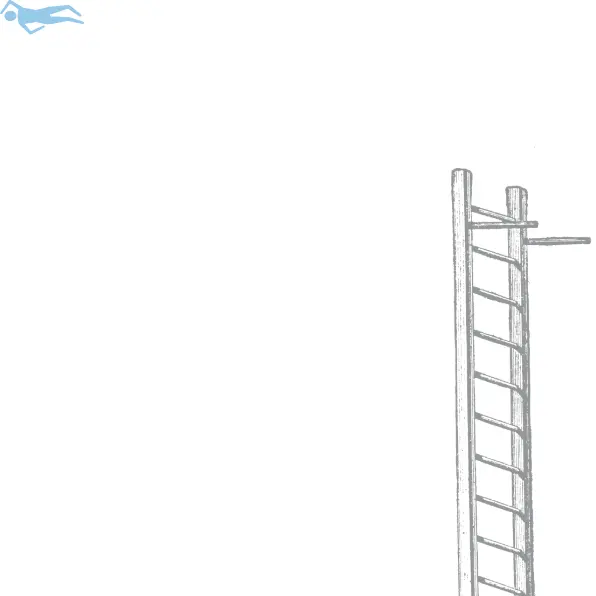
ese stages of sleep are very much about your body as the thinking parts of the brain go ‘offline’. During deep sleep your body secretes the human growth hormone to help rebuild and repair cells of tissue, bone and muscle. Stages one to three also help to strengthen the immune system. Age can impact the sleep cycle, as you spend more time in light sleep and less time in these stages of deep sleep as you get older. STAGE FOUR While the previous stage of deep sleep is all about the body, stage four – or REM – is focused on the brain, because it is at this point in the sleep cycle that it is most active. Your body will largely remain inactive but your eyes will move rapidly in different directions. During this stage your heart rate increases and your breathing becomes more irregular. Protein synthesis also peaks, helping to maintain the processes required to keep your body working properly. Dreaming usually occurs in this fourth stage, as well as the regulation of emotions and memories.
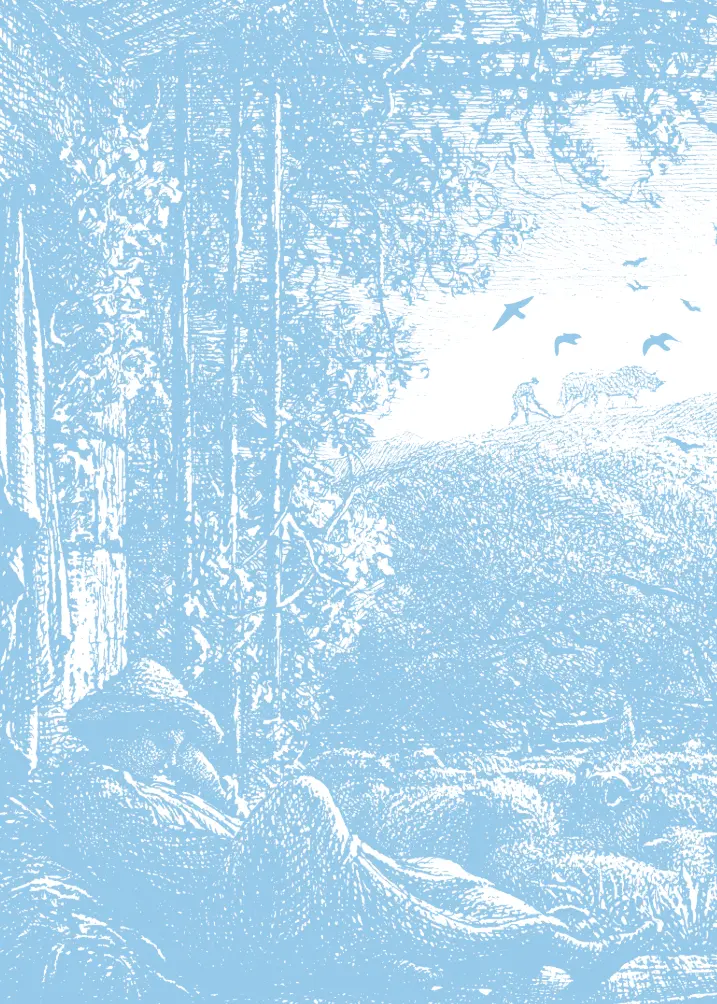

39 DREAMING Dreaming is one of the most notable but least understood characteristics of sleep, during which our thoughts follow bizarre and seemingly illogical sequences, sometimes random and sometimes related to experiences gathered during wakefulness. While the most intense dreams occur during REM sleep, because this is when the brain is most active, some can still occur during the stages of NREM. Dreams oen take on a fantastical feel, as within them we’re able to act out scenarios that would never be possible in real life. However, the experience is not always positive, and nightmares can induce
40 feelings of terror, anxiety and distress, which have been linked to sleep problems such as insomnia. ere are many explanations as to why we dream, and these have been offered by both philosophers and psychologists. Sigmund Freud suggested that dreams reveal a person’s deepest unconscious desires and that we disguise these impulses with symbolic objects. Other theories offered by researchers have suggested that dreams may be a type of offline memory processing, whereby the brain consolidates learning and daily memories, and that dreams even offer a way of developing cognitive capabilities. It has also been suggested that dreams are an ancient biological defence mechanism, simulating threatening events so that we’re more perceptive and able to avoid them in real life. However, others believe that dreams are simply a result of random activity in the brain. e true meaning of dreaming is still something of a mystery and many questions remain unanswered by the current available research. Perhaps we will never know, but for now you can choose what you would like to believe.

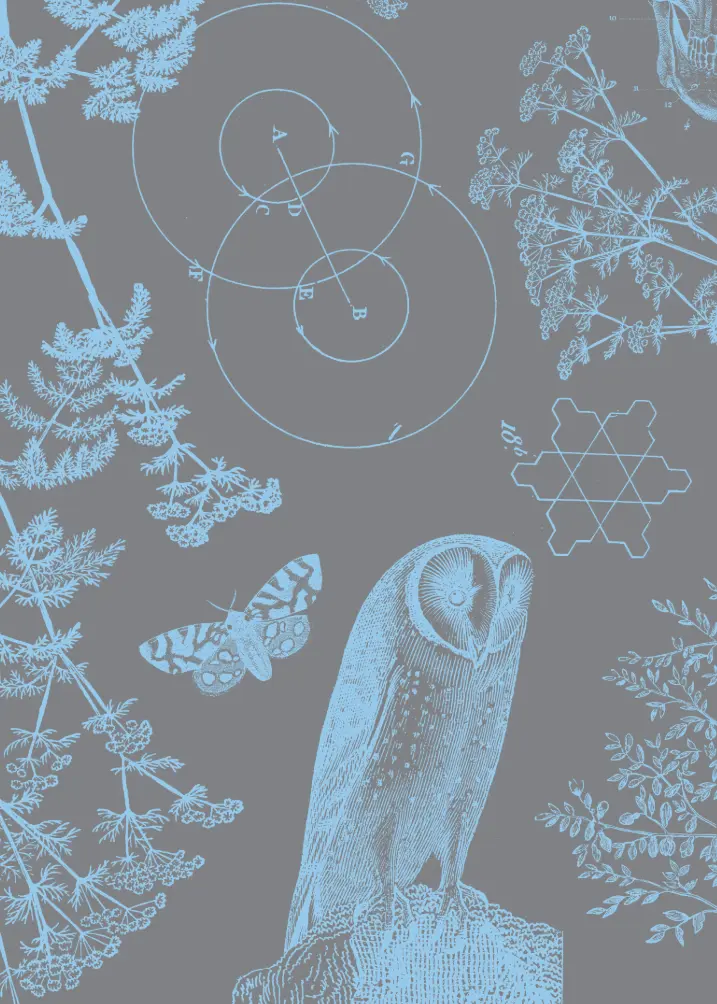
43 THE STUFF OF NIGHTMARES Most people don’t get enough sleep. We are a society that burns the candle at both ends, a nation where people stay up all night to study, work or have fun. However, going without adequate sleep per night carries with it both short- and long-term consequences that can affect every aspect of our lives. e optimum number of hours of sleep is thought to be just under eight, but research carried out by the Royal Society for Public Health has shown that most people manage less than seven. Over the course of a week this deficit equates to a whole night’s sleep, and research by e Sleep Council has shown that 33 per cent of people only manage 5–6 hours, while 7 per cent get less than 5 hours. e regenerative power of sleep allows the brain to process information, muscle and joints to recover and enables protein to be replenished
Читать дальше
